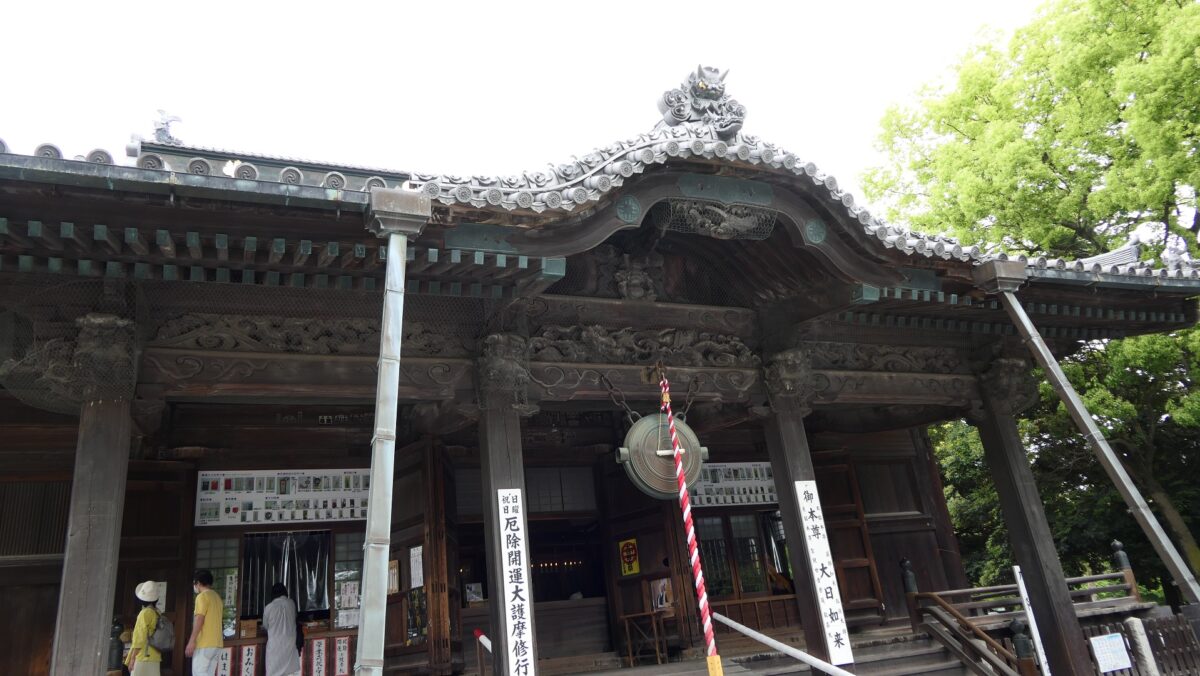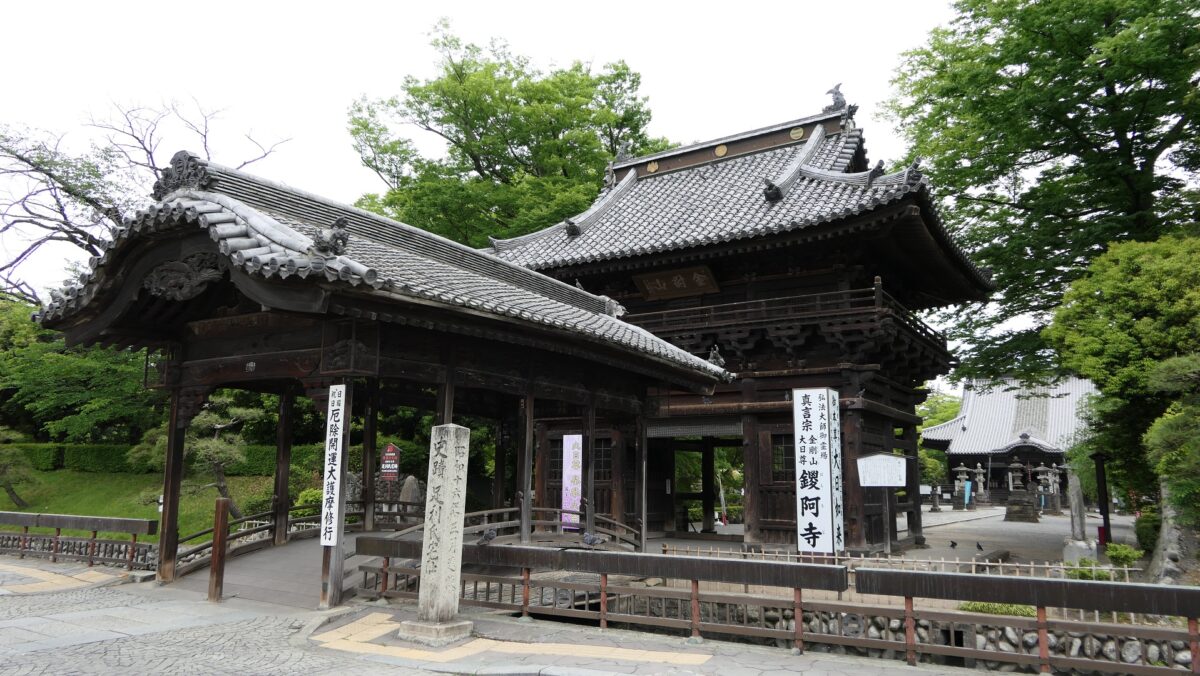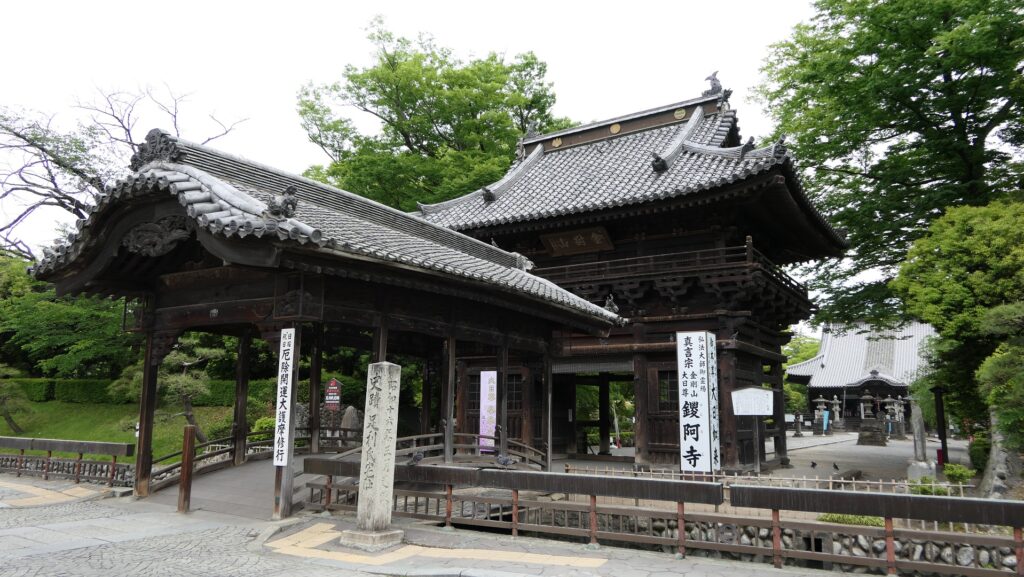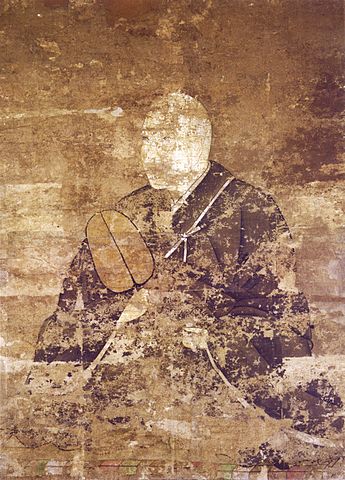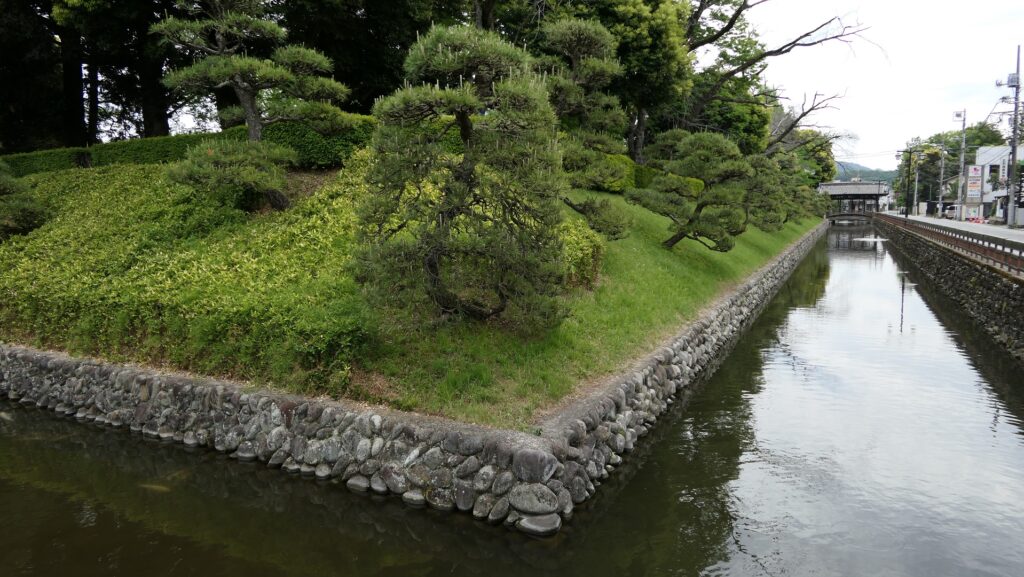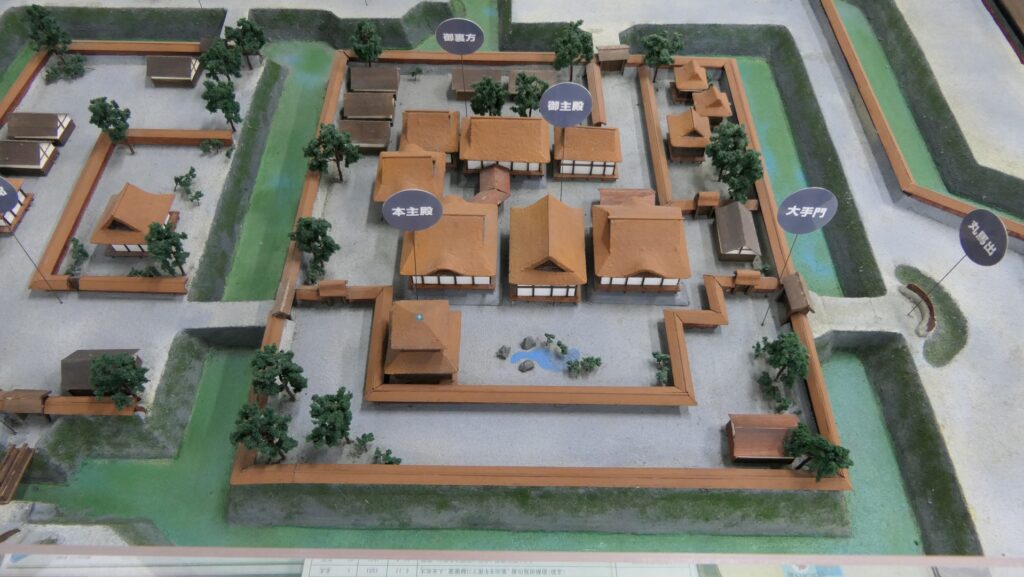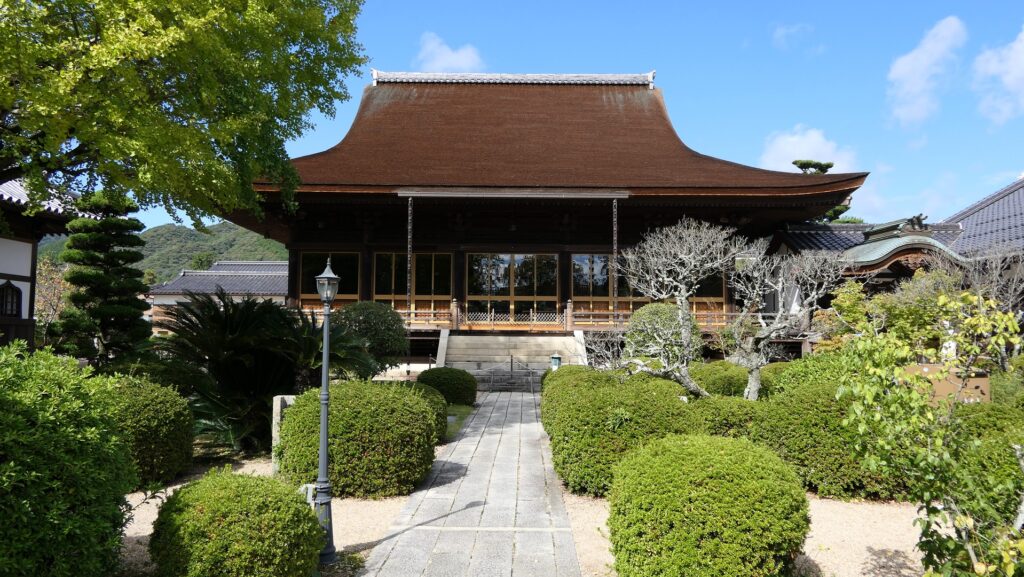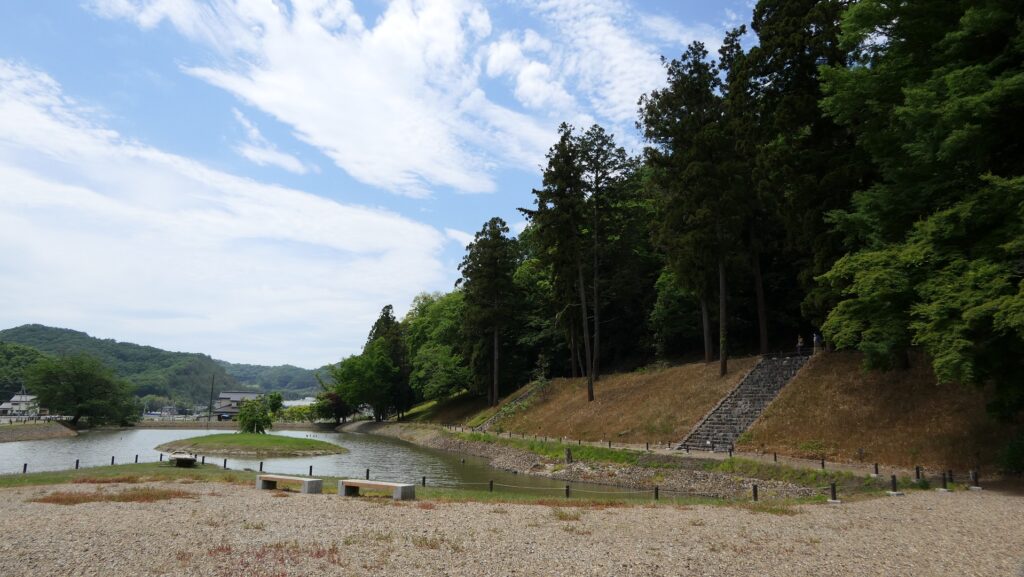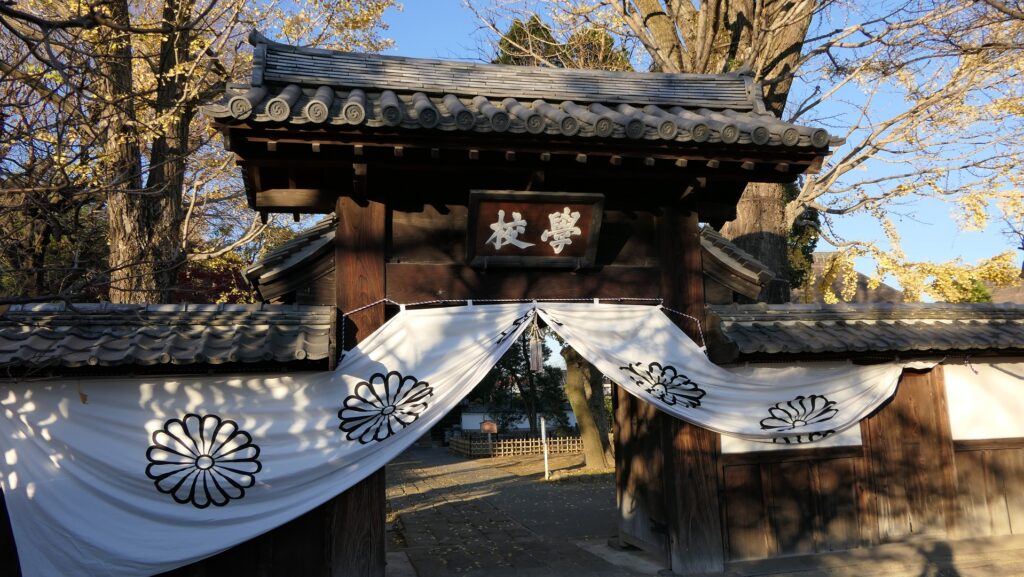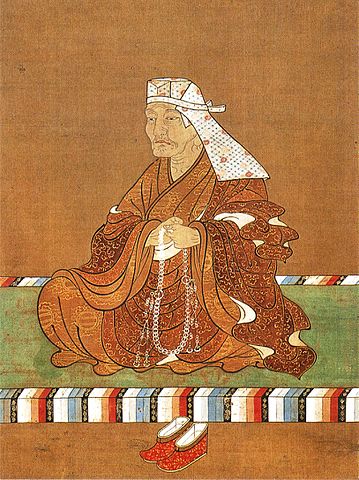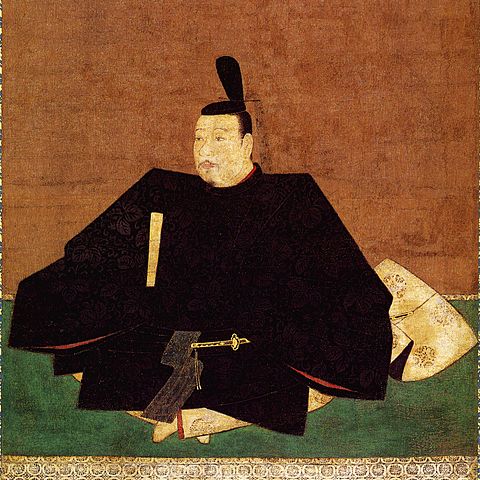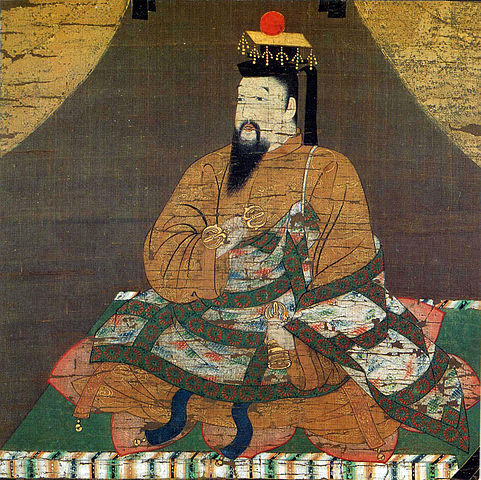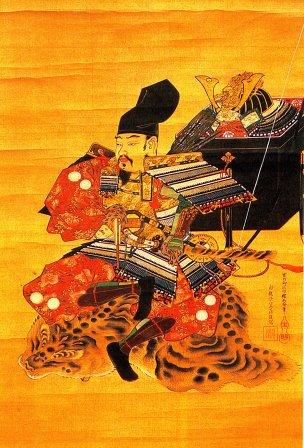Features
Ashikaga School
The Ashikaga School is next to Bannaji Temple in the southeast. The school teaching Confucianism was said to be moved to the current place during the Muromachi Period and have as many as 3,000 students during the Sengoku Period. Its remaining buildings are few such as the Confucian Shrine and some gates, but other parts including the school buildings, earthen walls and water moats were recently restored. You may feel it is more likely to look like a warrior’s hall than the temple.
The map around the castle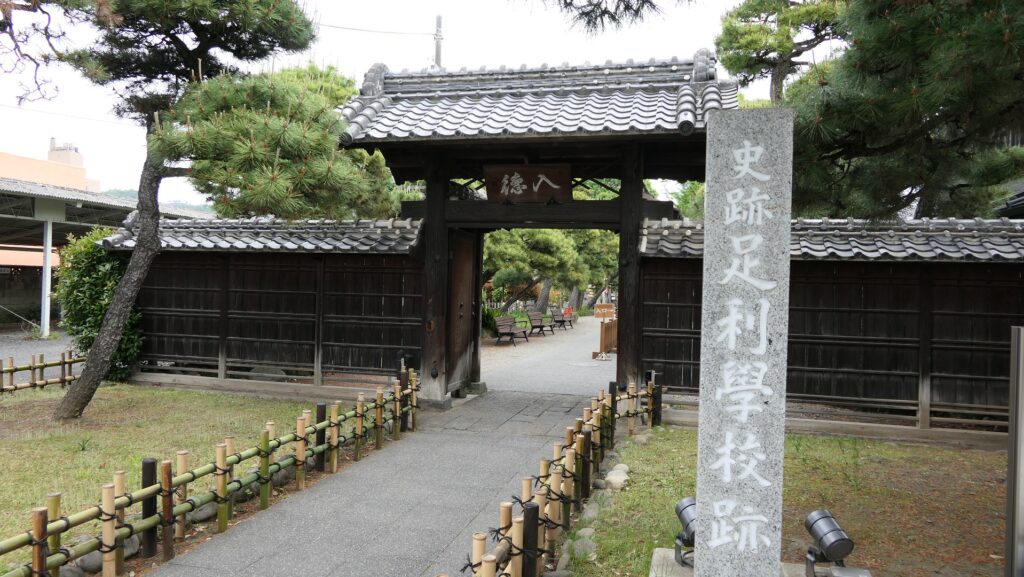
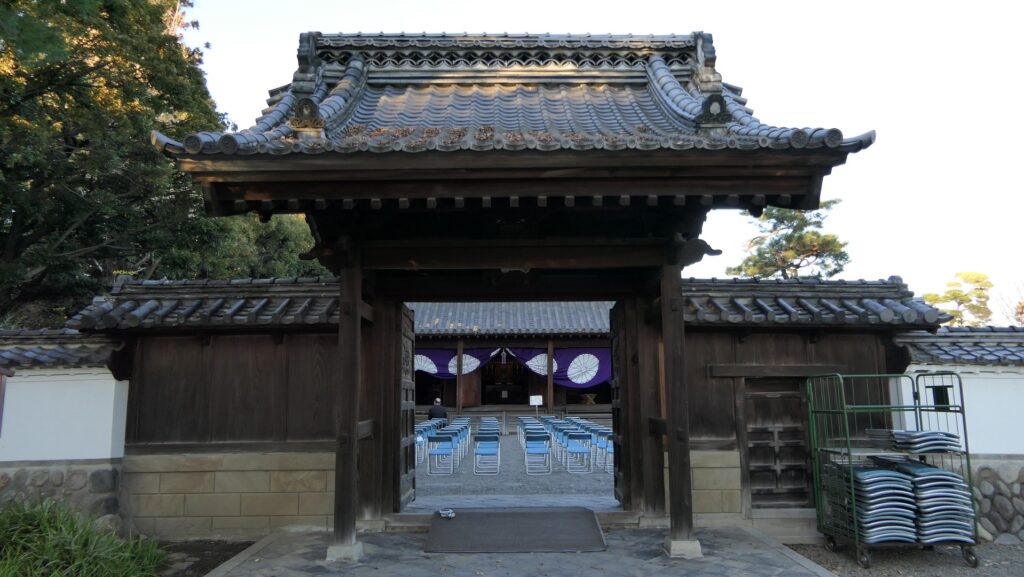
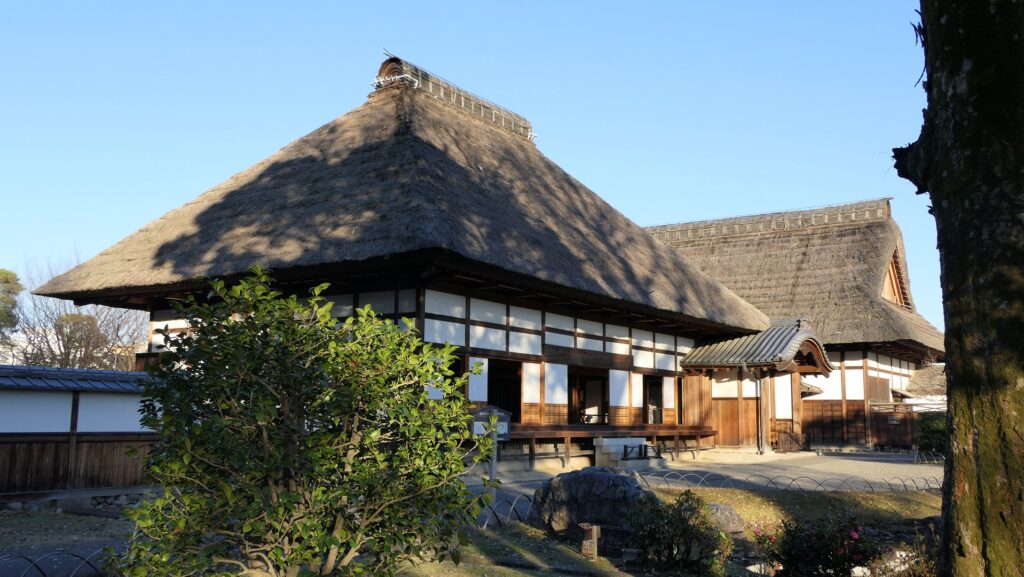

Ruins of Kabasaki Temple
The ruins of Kabasaki Temple (the current Kabasaki Hachimangu Shrine) are about 5km away from Bannaji Temple in the northeast. Kabasaki Temple had been originally built by Yoshikane Ashikaga as his retreat, and considered the holy of the hollies for his clan. However, it declined after the Meiji Restoration for the same reason as Bannaji Temple with the only one building remaining. The site was recently excavated and has been developing as a historical site by officials. There, you can see the foundations of its buildings such as the Multi-Treasure Pagoda and the Mausoleum. That’s why there might have been similar scenery to Bannaji Temple in the past. In addition, restored stone steps go down from the ruins to the restored Pure Land style pond garden. The style refers to the builder who wanted to create a Pure Land in his garden so that they could go the real Pure Land after their death. The garden probably shows Yoshikane’s religious faith.
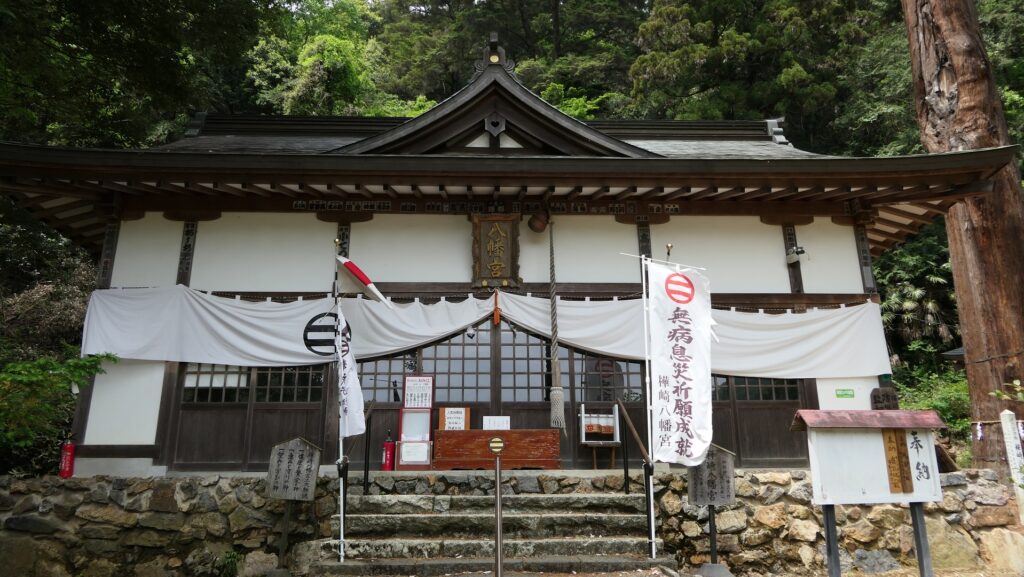
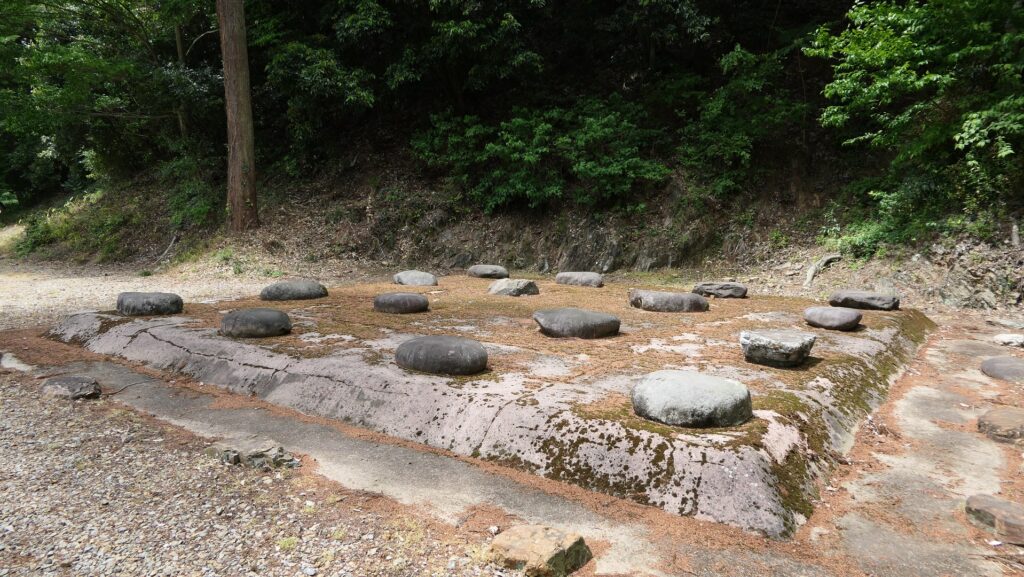
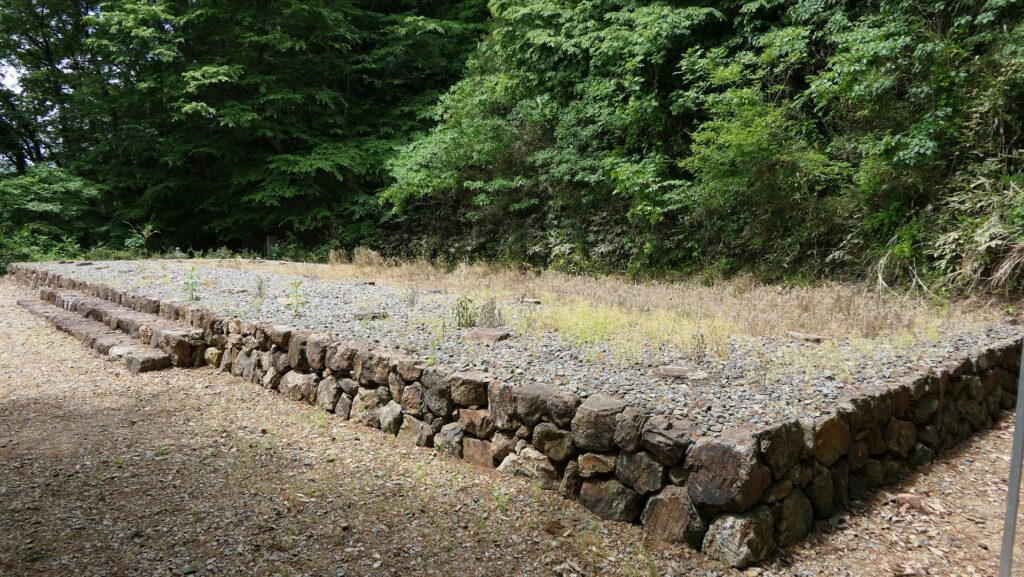
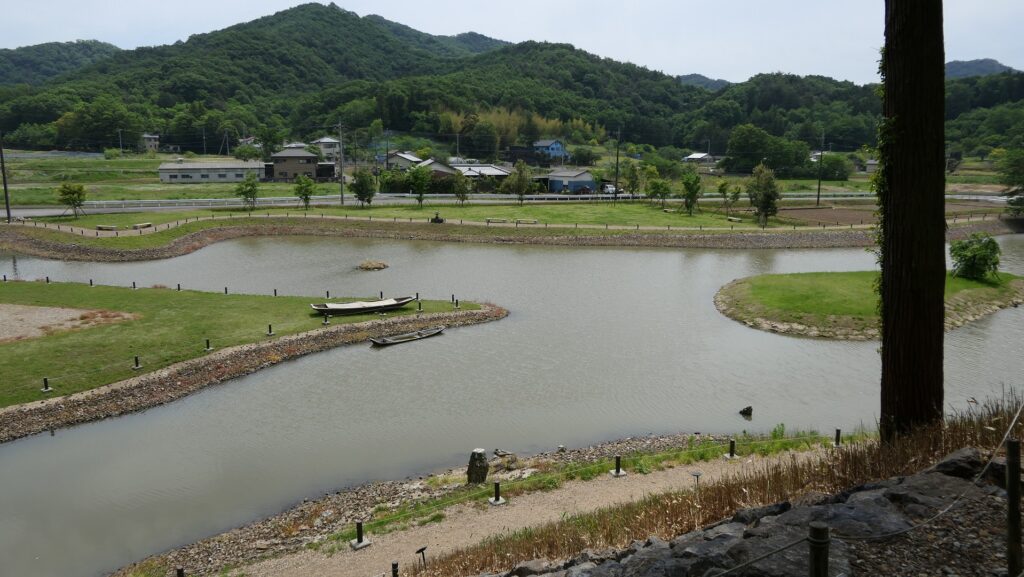
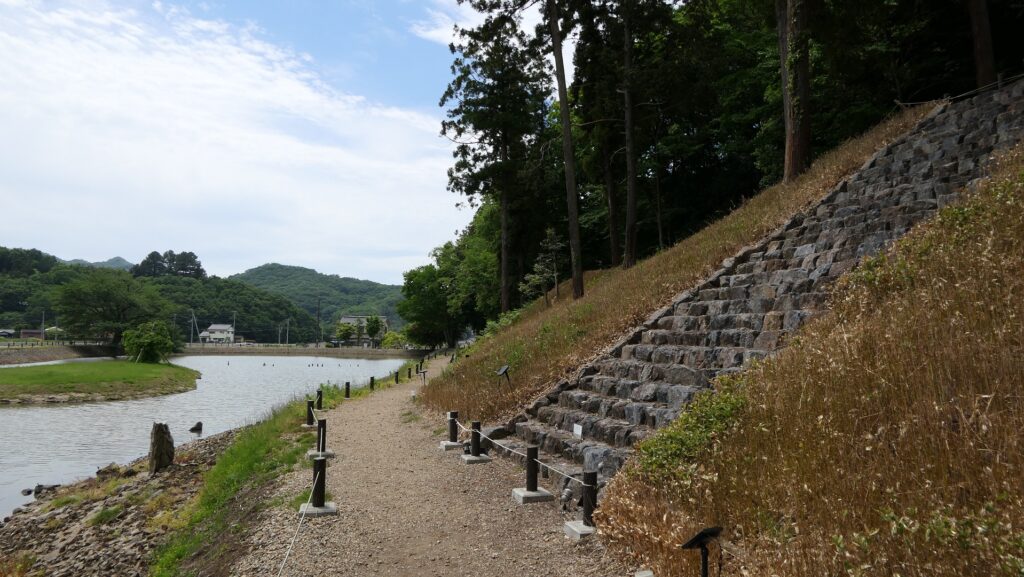
My Impression
I had little complex impression about Ashikaga Clan Hall when I visited the ruins. They don’t have outstanding items for a castle, instead, they remained as a temple. If the hall continued to be used as the hall, it wouldn’t have survived until now because of some battles or conversions. Hence, I understood that it is rare to see such many old remaining buildings in one place as the hall was turned into the temple.
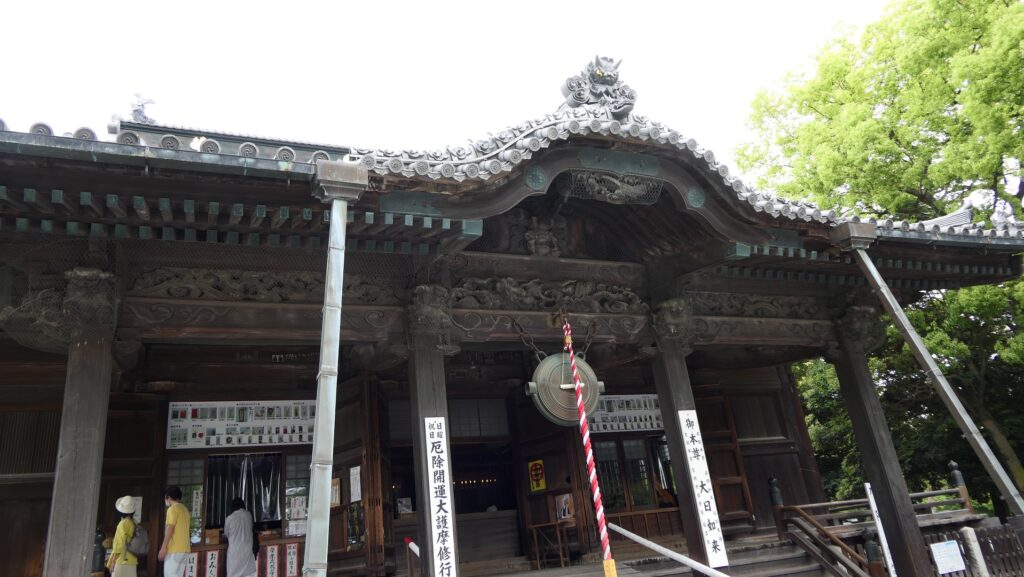
How to get There
If you want to visit Ashikaga Clan Hall Ruins by car, it is about a 15-minute drive away from Ashikaga IC on the Kita-Kanto Expressway. There is a parking lot for visitors of the tourist information center in Ashikaga City, called Taiheikikan, near the ruins. It would be better to use a car if you also want to visit Kabasaki Temple Ruins.
If you want to use public transportation, it takes about 10 to 15 minutes on foot from JR Ashikaga Station or Tobu Ashikagashi Station.
From Tokyo to JR Ashikaga Station: Take the Tohoku Shinkansen super express and transfer to the Ryomo line at Oyama Station.
From Tokyo to Tobu Ashikagashi Station: Take the JR Ueno-Tokyo Line from Tokyo Station and transfer to the Ryomo limited express on the Tobu Isesaki Line at Kitasenju Station.
That’s all. Thank you.
Back to “Ashikaga Clan Hall Part1”
Back to “Ashikaga Clan Hall Part2”

